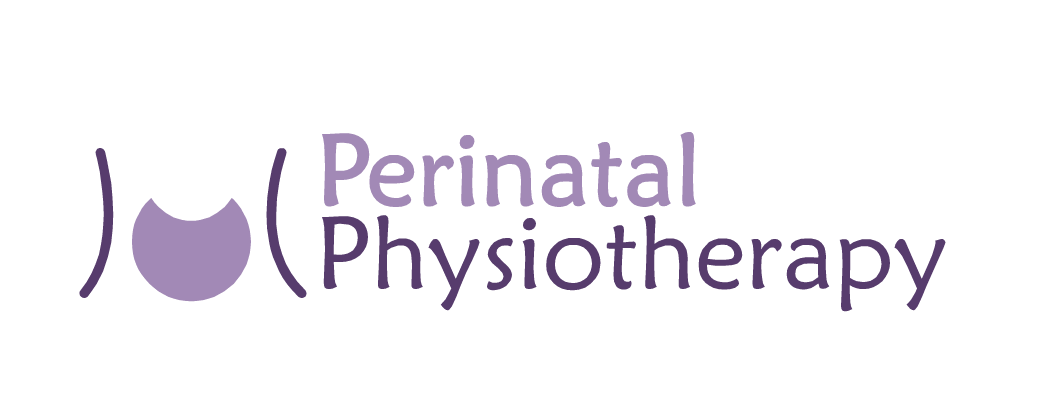Pain during intercourse after birth
Dyspareunia, pain during and/or after sexual intercourse, is a silent but very common problem among women. Dyspareunia after childbirth is detected in up to 60% of women at 6 weeks post-partum and up to 33% of women still report sexual pain after 6 months[i]. Sadly, dyspareunia has been treated more often as a psychological disorder than a physical one, and women suffering from it have been told that the problem is in their heads or simply in the lack of sexual desire (as if pain during intercourse wasn’t the cause of that lack of desire in the first place). We are recently discovering that the origin of the problem is much more likely to be a pelvic floor disorder.
What causes dyspareunia after childbirth?
The most evident post-partum cause of dyspareunia is the scar that an episiotomy or a tear repair might have caused. The adhesions left by the scar may cause pain on the same side or a small muscle spasm on the opposite side, it depends on the case. If no scars are present, a spasm of individual muscles of the pelvic region or an overactive pelvic floor could be behind it. Hormonal imbalances (such as lack of estrogen) have always been related to post menopause dyspareunia, however, breastfeeding has a very similar effect on estrogen levels and might provoke dryness and vaginal atrophy, making intercourse difficult and painful. In any case, the reasons for postpartum dyspareunia vary from women to women and depend on individual circumstances. A thorough assessment would determine the cause of the pain and the necessary treatment for each case.
Regardless of the cause of dyspareunia, the pain tends to start a cycle of low libido, rejection of our “down there” zone -that is not behaving as it should- and more pain in the end. This cycle can be sometimes hard to break.
How is dyspareunia treated?
It depends on the cause of it. Scar treatment, pelvic floor reeducation, mobilization and relaxation techniques are some of the strategies used by pelvic floor physiotherapists to deal with dyspareunia.
Pelvic floor physiotherapy is an effective and non invasive therapy for relieving sexual pain and breaking the pain cycle that perpetuates it.
[i] Goetsch MF. Postpartum dyspareunia. An unexplored problem. J Reprod Med. 1999;44:963–8.

